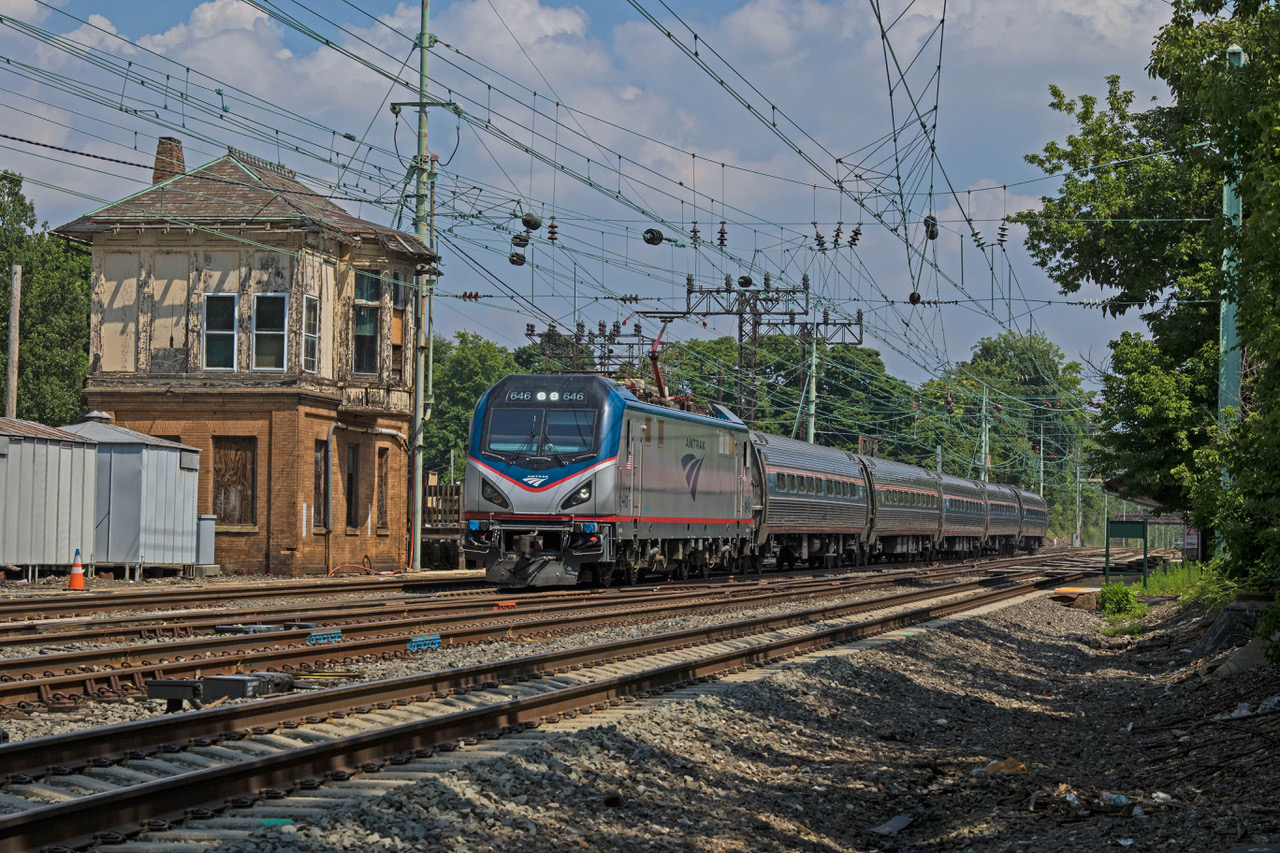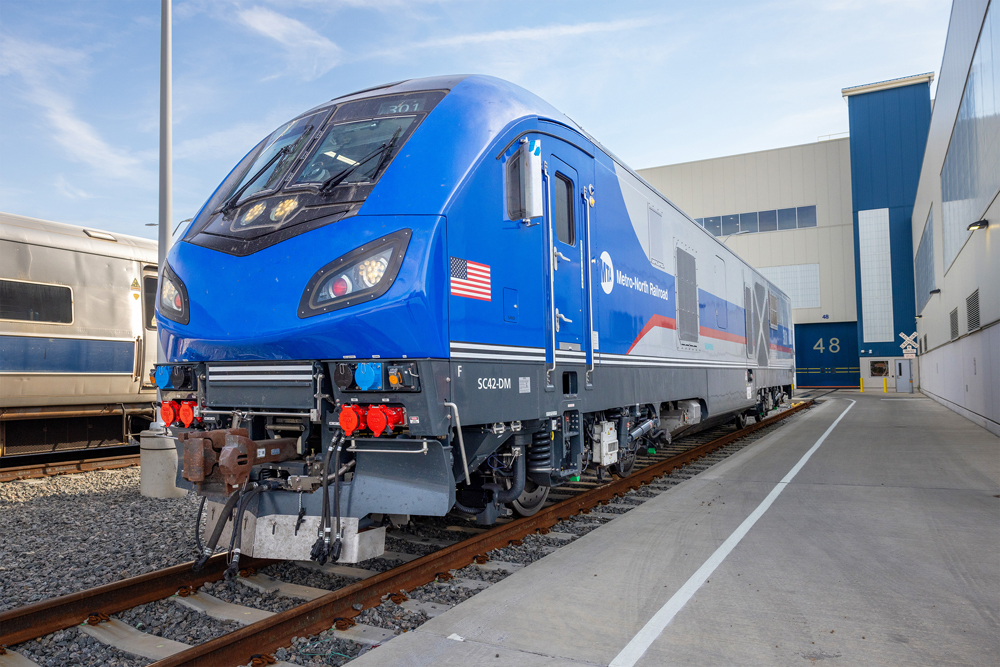
PHILADELPHIA – Beginning April 25, Amtrak and the Pennsylvania Department of Transportation will operate additional Keystone Service trains between New York, Philadelphia, and Harrisburg, Pa. Two new weekday trains will be added, and all pre-pandemic weekend service will be restored.
“After a long period of reduced schedules, PennDOT is pleased that Amtrak has been able to restore more daily trains and is proud to invest in rail service,” says PennDOT Deputy Secretary for Multimodal Transportation Jennie Louwerse.
Amtrak suspended all Keystone Service in March 2020 due to the onset of the COVID-19 pandemic. It restored some service between Philadelphia and Harrisburg in June 2020 and on the full route that September. But in January 2021, Amtrak again cut service between Philadelphia and Harrisburg, due to low demand.
Currently, Amtrak is operating 18 weekday trains (nine in each direction) between Philadelphia and Harrisburg. Once the new service begins, 24 weekday trains (12 in each direction) will be offered each day between Philadelphia and Harrisburg, with 14 on Saturdays (seven in each direction) and 16 on Sundays (eight in each direction).














While more service will add to the cost to operate this service it also opens the possibility of increased revenue due to the more convenient service. I noticed that they chose to have the most increase on weekends when more people want to travel to areas like Lancaster County and New York City. Traffic on the road’s especially on route 30 in Lancaster County can be really heavy and slow and the turnpike route from Harrisburg to New York City is both expensive and again can be slow as you get close to New York. With the right promotion of this increased service I feel Amtrak can have higher load factors and better cost recovery from the fares it generates.
In FY21 the Keystone service had an operating loss of $24 million and an average load factor of 17 percent. It was on time at its end points 93.1per cent.
In FY19 the Keystone service had an operating loss of $4.2 million and an average load factor of 40 percent.
Only a government agency with no sense of cost would add trains that have no prospect of covering their costs from the farebox and have a relatively light load factor.
In addition, millions were recently spent installing high-speed printing presses to crank out the paper to cover all this spending.